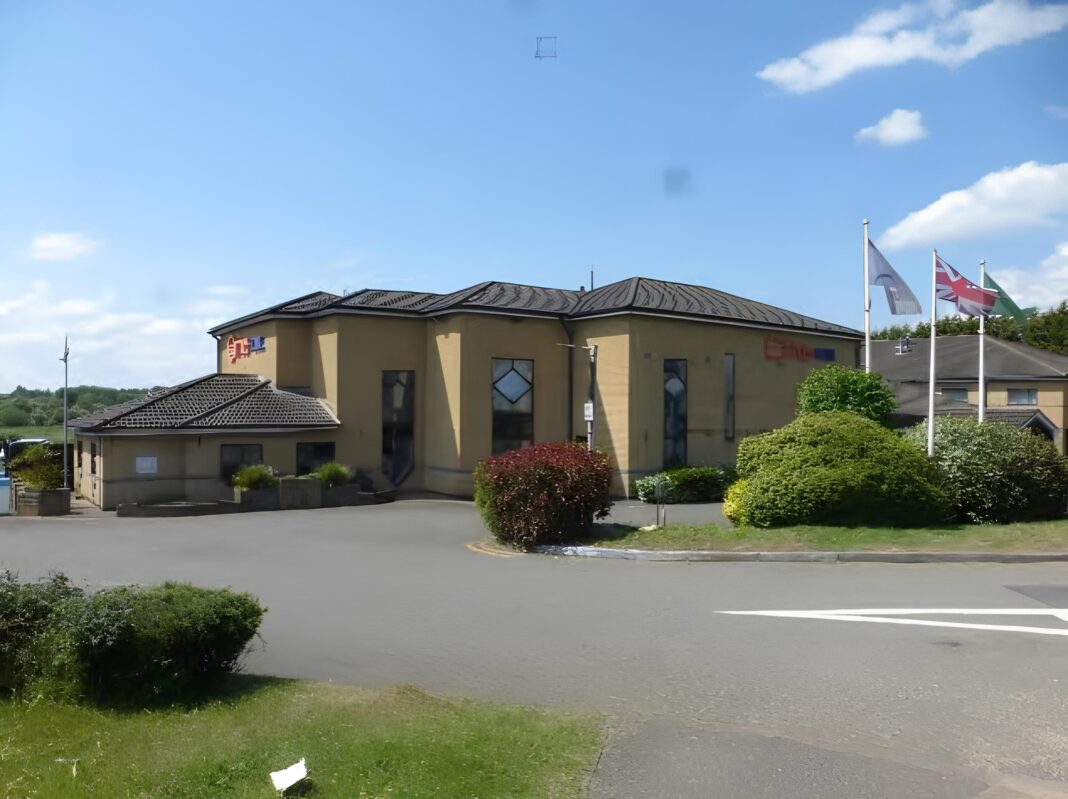The professional bodies representing architects across the UK and Ireland have formed a joint initiative to standardise fire and life safety design guidance, in one of the most coordinated efforts yet to improve building safety following the Grenfell Tower tragedy.
The newly formed Belfast Group brings together the Royal Institute of British Architects (RIBA); the Royal Institute of the Architects of Ireland (RIAI); the Royal Incorporation of Architects in Scotland (RIAS); the Royal Society of Architects in Wales (RSAW) and the Royal Society of Ulster Architects (RSUA).
Its primary aim is to ensure that architects, regardless of jurisdiction, have consistent access to the technical information, training and regulatory guidance required to deliver safer buildings.
The initiative responds directly to findings from the Grenfell Tower Inquiry Phase 2 report, which called for greater competency, clearer regulation, and improved industry-wide coordination in matters of life safety.
COMMON GUIDANCE
The group has jointly committed to working with governments in London, Dublin, Edinburgh, Cardiff and Belfast to remove barriers that limit access to national fire safety regulations and standards.
It also aims to align architect training across borders and introduce common life safety guidance for the wider construction sector, including procurement professionals.
In a joint statement, the presidents of the five architectural bodies – Sean Mahon (RIAI), Karen Anderson (RIAS), Dan Benham (RSAW), John Lavery (RSUA), and Muyiwa Oki (RIBA) – said: “The Grenfell Tower Inquiry Phase 2 report makes clear that more is required to ensure our buildings are as safe as possible. This is relevant for every architect. While each jurisdiction has its own regulatory framework, there are core competencies on designing for life safety that transcend political boundaries and project typologies.
“The Belfast Group will share best practice, knowledge and information in design standards for life safety.”
“Therefore, the Belfast Group will share best practice, knowledge and information in design standards for life safety. This coordination will ensure that appropriate training and competency standards are implemented across each nation.
“We continue to work with our relevant governments to ensure that our members have access to all the regulations, standards and technical information they need whilst also providing guidance to clients on how to support the procurement and resourcing of projects, so life safety is at the heart of the appointment process.
“These steps will help deliver safer buildings for all.”
RAISING STANDARDS
The announcement is the latest in a series of efforts across the built environment sector to raise professional standards and ensure that the lessons of Grenfell are not lost.
The move is likely to be welcomed by regulators and clients seeking clearer accountability and consistency in design responsibility across increasingly complex and cross-border construction projects.
Main picture: RSUA Headquarters










